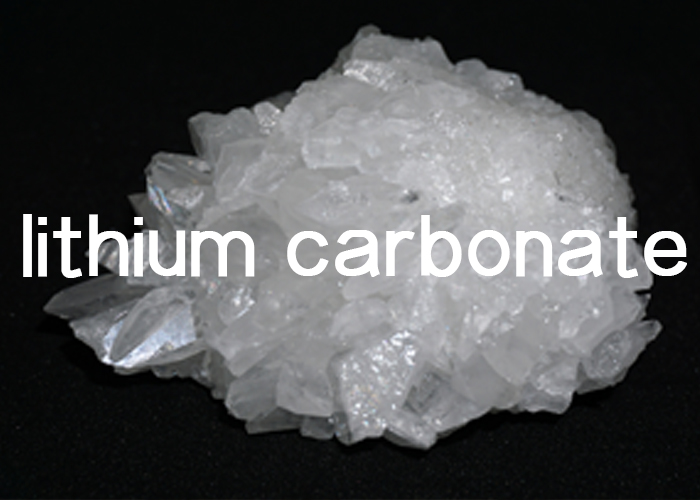Global Lithium Carbonate Industry Insights and Market Trends
Lithium carbonate is a critical raw material driving the fast-growing new energy industry. As demand for electric vehicles and energy storage solutions continues to surge, global lithium carbonate manufacturers are facing new opportunities and challenges across the supply chain.
Upstream Resources
The upstream of the lithium carbonate industry mainly comes from:
Spodumene ore: Found largely in Australia, with high lithium content, serving as an essential source for lithium extraction.
Salt lake brine: Concentrated in South America’s “Lithium Triangle” (Chile, Argentina, Bolivia) and regions in China such as Qinghai and Tibet.
These raw materials provide the foundation for producing high-quality lithium carbonate compound.
Midstream Production
Midstream companies convert upstream raw materials into lithium carbonate compound through strict chemical processes. Key parameters such as temperature, pressure, and pH are tightly controlled to ensure quality and purity.
According to application and purity, lithium carbonate manufacturers classify products into two main categories:
Lithium carbonate technical grade: widely used in ceramics, glass, lubricants, and chemical intermediates.
Battery-grade lithium carbonate: requiring higher purity, mainly used in lithium-ion battery production.
Additionally, lithium carbonate medicine plays a vital role in the pharmaceutical field, especially in the treatment of bipolar disorder, highlighting the wide-ranging value of this lithium carbonate compound.
Downstream Applications
The most important downstream application is in new energy vehicles (NEVs). Lithium carbonate manufacturers supply high-purity products that are processed into cathode materials for lithium-ion batteries. Global brands such as Tesla and BYD rely heavily on lithium carbonate compound to support mass EV production.
Beyond batteries, lithium carbonate medicine is steadily expanding its role in the healthcare sector, while lithium carbonate technical grade products are essential for industries such as glass and ceramics.
Price Influencing Factors
The price of lithium carbonate is influenced by several factors:
Supply-side factors: Dependence on imported spodumene, the pace of new capacity releases, and domestic production adjustments such as maintenance or power restrictions.
Demand-side factors: Strong policy support for carbon reduction, coupled with growing market-driven adoption of electric vehicles due to better battery technology and lower costs.
Cost-side factors: Extraction costs differ significantly. From high to low, they are: spodumene, lepidolite, domestic salt lakes, and South American salt lakes. South American salt lakes and Australian spodumene resources typically offer better ore grades, giving them a cost advantage compared to domestic sources.
Conclusion
With the rapid development of the global NEV market and increasing demand for advanced energy storage, the importance of lithium carbonate compound will only continue to grow. Lithium carbonate manufacturers are not only focusing on supplying battery materials but are also expanding into lithium carbonate medicine and lithium carbonate technical grade markets. This diversification ensures that lithium carbonate remains a cornerstone material across multiple industries, supporting both sustainable energy development and pharmaceutical innovation.